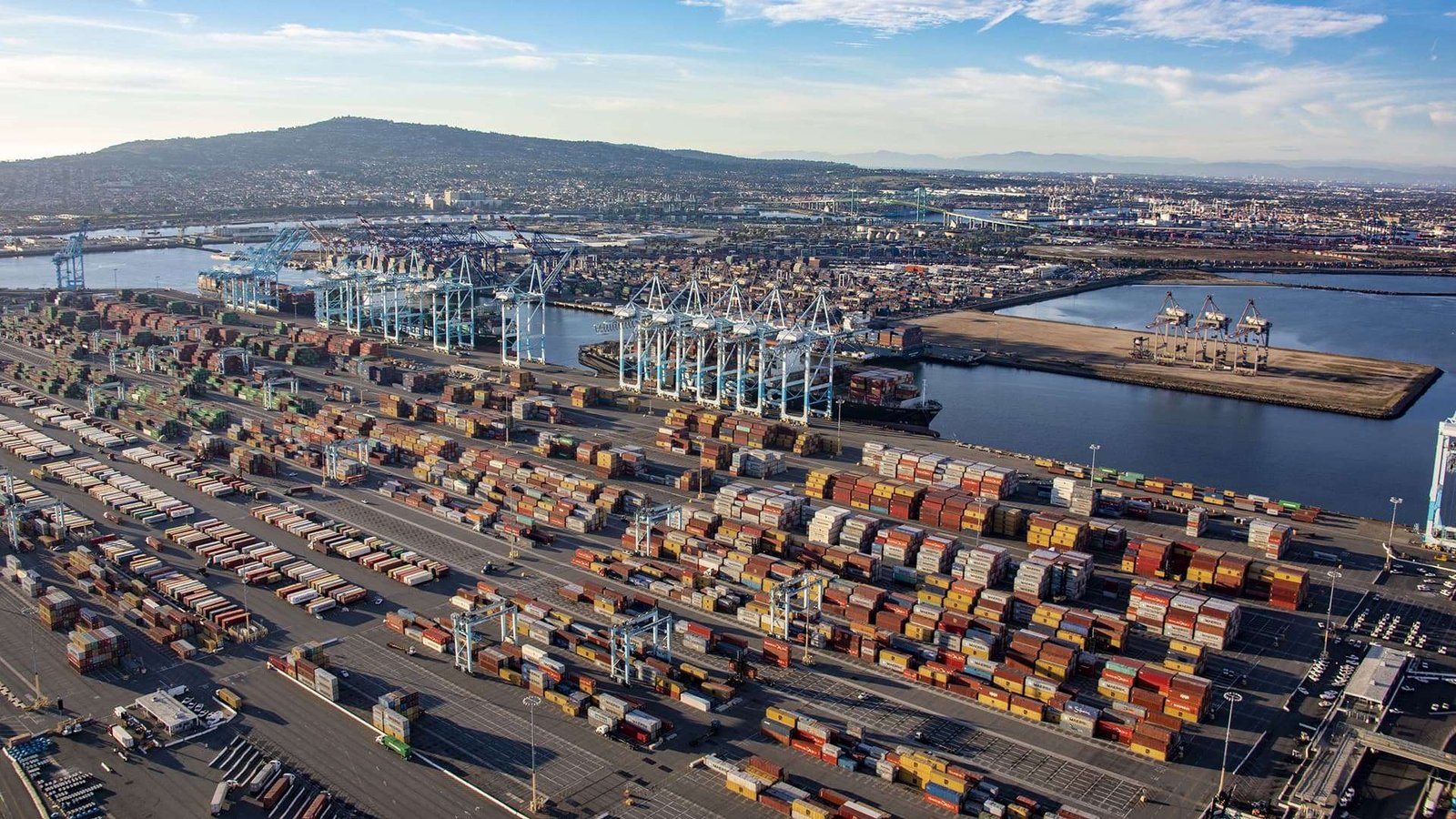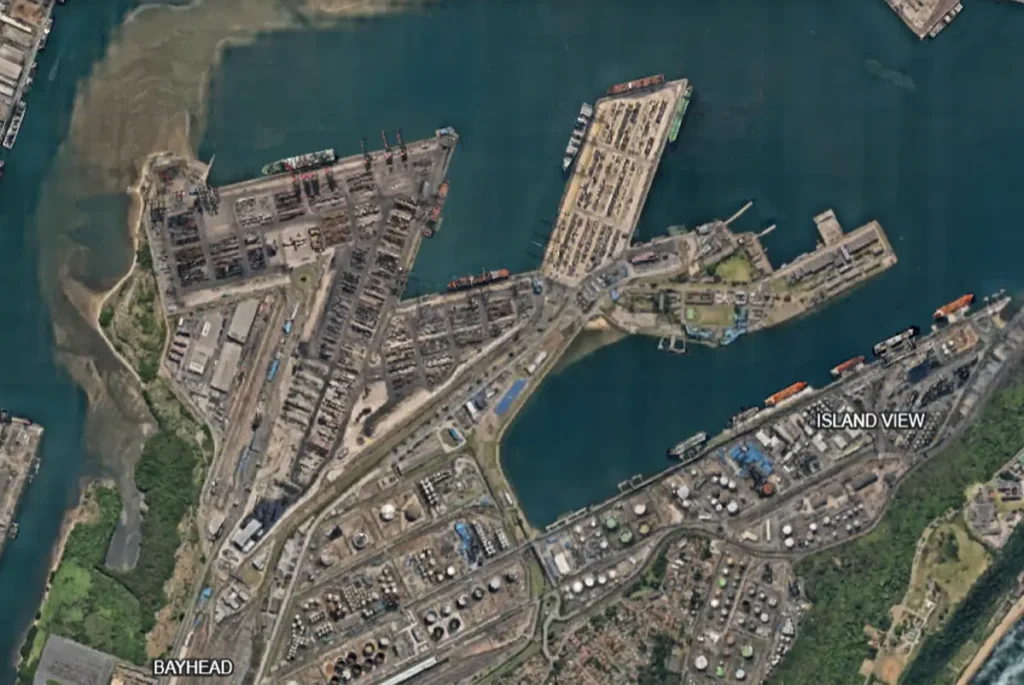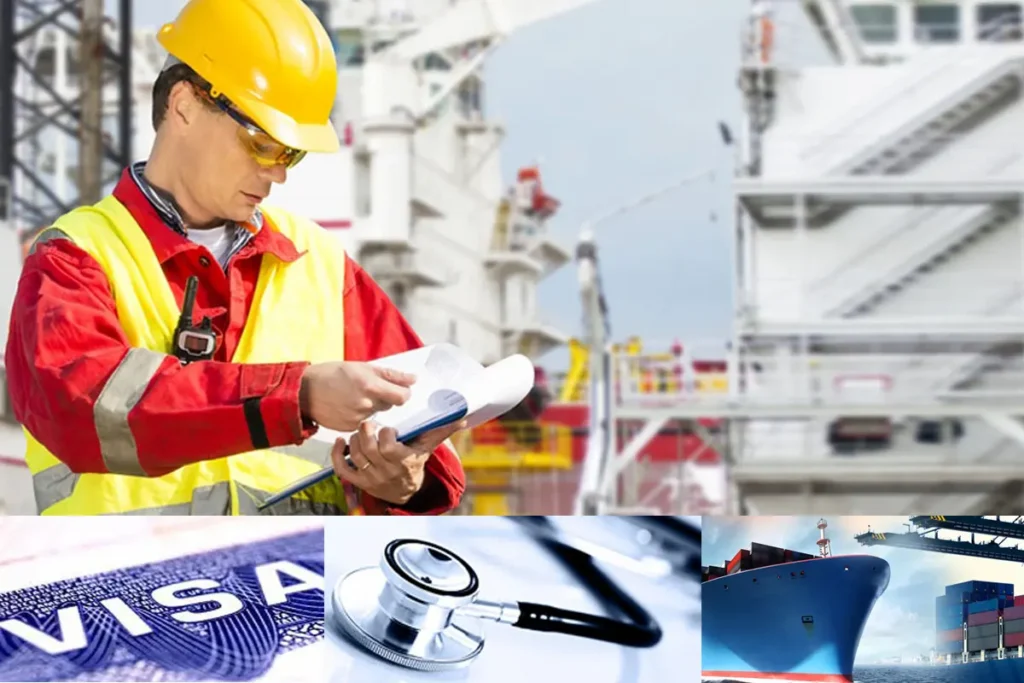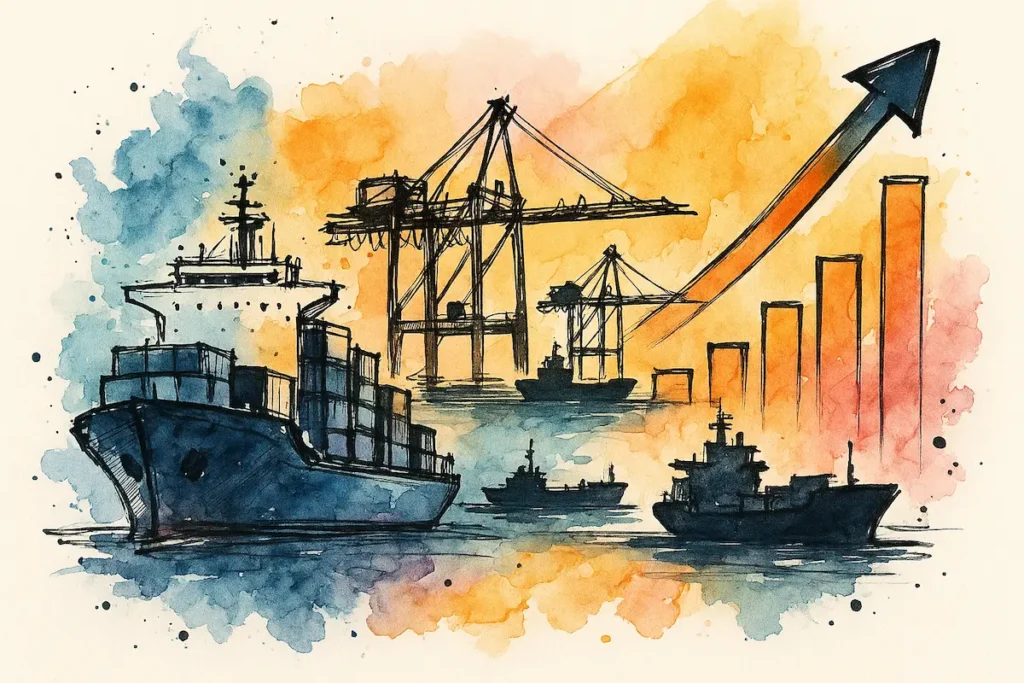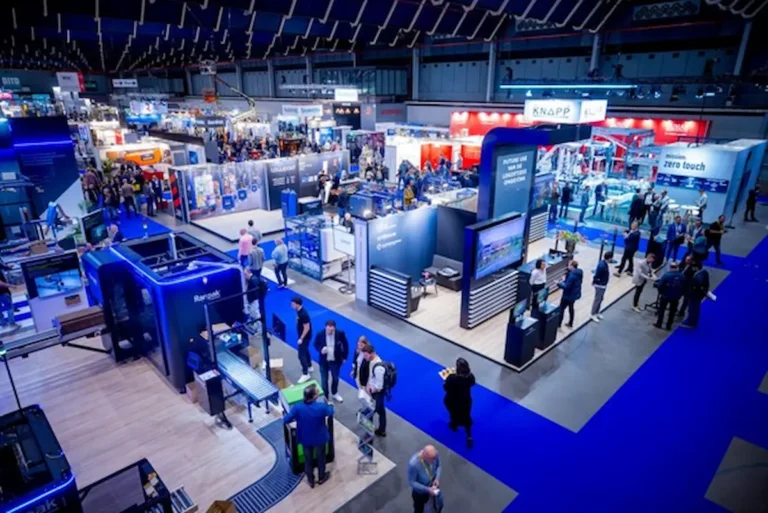The United States, as the world’s largest economy, projects the image of a nation deeply engaged in global trade, with containers constantly on the move, carrying goods to and from every corner of the globe..
Errrrr, but hold on.. If the statistics are any indication, there is more of “goods coming in” than “goods going out” happening across American ports.. In 2024, America’s top 10 ports moved a combined 35.7 million TEUs, a fraction compared to the 224 million TEUs handled by China’s top 8..
Based on data, the trade flow is decidedly one-directional than balanced.. While the trade imbalance itself is not new, the emerging picture at America’s ports reveals how deeply entrenched that imbalance has become—structurally, geographically, and operationally..
From the high-velocity import hubs of Los Angeles and Long Beach, to the unsung export heroes of Houston and Savannah, the real narrative here is not which port is busiest, it is how vastly different each one’s job has become..
The real narrative is the disparity
The USA imports far more than it exports, and as of May 2025, the goods and services deficit increased by 50.4% compared to the same period in 2024, driven by a much larger increase in imports than exports, according to the U.S. Bureau of Economic Analysis (BEA)..
Its ports reflect this as well.. Between 2005 and 2025
- Los Angeles exported only 38 containers for every 100 it imported
- Long Beach did only slightly better, averaging 40
- New York – About 34
- Meanwhile, Houston, the outlier, remained consistently above 100% in earlier years with a 117% average for the above period and 82% export ratio in 2025 (5 months), making it the most balanced container port in the country..
For the first 5 months of 2025, below were the % of exports compared to imports
| NYC | SAV | BAL | CHS | SEA | OAK | LAX | LGB | HOU | NOR |
| 31% | 51% | 37% | 48% | 50% | 83% | 29% | 24% | 82% | 71% |
Not all ports are created for both directions
So, if you are wondering what is going on here, nothing really… Quite simply, the ports are doing what they were built for, but the balance is not in exports’ favour..
“Port dynamics in the U.S. hinge on what moves through them. Industrial hubs like Houston thrive on outbound shipments of resins and chemicals, while gateways like Los Angeles and Long Beach are flooded with imports, sending containers back empty to chase the next big load. It’s all about what the region produces, demands, and how fast the global supply chain turns.”
— says Noushin Shamsili, CEO & President of NUCO Logistics, an accredited freight forwarder and customs broker specialising in the handling of chemicals, hazardous, and pharmaceutical goods..
This quote encapsulates the West Coast’s model perfectly.. Why:
- Because there are not enough exports out of the USA, and especially out through the West Coast ports
- Because shipping lines are under pressure to return empties to Asia quickly
- Because the U.S. is a net importer of finished goods, electronics, furniture, textiles, and toys
- And because agricultural exports from the West have steadily declined due to congestion, cost, and competition from more reliable ports in the Gulf and East
PMSA confirms the West’s declining dominance
However, the West Coast’s dominance seems to be declining according to the Pacific Merchant Shipping Association (PMSA)’s July 2025 Trade Report
- West Coast loaded exports dropped 16% year-on-year
- Long Beach exports dropped 22.7% from June 2024 to June 2025
- And the West Coast’s share of U.S. import volume fell to 41.4%, down from over 50% in 2019
“In the first five months of 2025, West Coast exports to China were 35.6% lower than the same period in 2022.”
— PMSA blog, July 2025
In other words, even where the U.S. once had strong outbound trade lanes, those flows are fading, and the containers are increasingly leaving empty..
According to PMSA’s latest analysis, West Coast ports are not only seeing lower outbound volumes, but they are also losing their grip on inbound flows..


After briefly reclaiming share during the Red Sea crisis and East Coast labour uncertainty in 2024, the USWC’s share of total U.S. inbound container tonnage plunged from 39.3% in January to just 31.8% in May 2025, one of the lowest levels ever recorded..
Even imports from East Asia, a historic stronghold, dropped sharply, with tonnage share falling below 50% for the first time since early 2023..
While port labour stability has returned on the East and Gulf Coasts, shippers continue to diversify routes, favouring reliability and resilience over legacy pathways.. This shift adds another layer to the evolving story of port specialisation, and the weakening dominance of the West Coast in U.S. container trade..
So where are the USA exports going through..??
They are not going back through LA or Long Beach, that is for sure.. They are going through Houston, Savannah, Oakland, Charleston, and Norfolk, ports that, while smaller, are closer to where US goods are actually made, and more capable of handling them:
“Ports like Oakland and Savannah stand out not just for what they export—agriculture, paper, poultry—but because they’re not overwhelmed by imports. With less congestion and more available space, carriers are more inclined to load outbound cargo instead of sending containers back empty.”
— Noushin Shamsili, NUCO Logistics
Houston’s secret weapon is its industrial base.. It is the closest major port to the petrochemical triangle, and it is not bogged down by excessive inbound cargo.. It has the time, space, and containers to fill..
Similarly:
- Savannah serves poultry, cotton, and forest products from the Southeast
- Oakland handles California’s almonds, wine, and citrus
- Charleston and Norfolk export automotive, machinery, and agricultural products efficiently because they are less congested and more export-conscious
The difference is not just in volumes, it is in purpose
U.S. ports have evolved to serve different roles in the broader trade ecosystem..
- The West Coast is designed for speed and scale, moving massive volumes of imports from Asia..
- The Gulf Coast has grown into an industrial export engine, handling petrochemicals, resins, and raw materials from America’s manufacturing belt..
- The East Coast, increasingly, is doing a bit of both, thanks to targeted investments, inland connectivity, and a more balanced mix of trade..
As a result, exporters do not simply send goods back through the same ports that containers arrived in.. They move cargo through the ports that are better suited to handle it, often closer to production hubs, with less congestion and more flexible outbound capacity..
“These ports aren’t swamped by import volume, so their export share looks higher. And carriers are more likely to load exports instead of just sending empties back out,” explains Shamsili..
Although there is this kind of specialisation, the concern lies in the fact that U.S. containerised export volumes are shrinking, and that signals a deeper imbalance..
It highlights a growing reliance on foreign goods and production, while fewer U.S.-made goods are flowing outward..
In short, America depends far more on other countries than they appear to depend on it, a dynamic that goes beyond ports and speaks to the structure of the entire economy..
Will the new tariffs make the West Coast decline sharper..??
With Section 301 tariff reviews targeting China’s maritime, logistics, and shipbuilding sectors, there could be realignment in trade routes:
- Reduced Chinese imports may mean fewer containers entering through West Coast ports
- Exporters might see new openings in Latin America, Africa, and Southeast Asia
- Ports like Houston, Savannah, and Charleston are best positioned to respond
But unless there is targeted investment in:
- Export staging infrastructure
- Intermodal rail to port corridors
- Better carrier incentives to load outbound cargo
…this new opportunity could slip through the cracks like so many containers returning empty..
Final thought: The system is not broken, it is dangerously unbalanced
If there is one takeaway from PMSA’s data and port stats, it is this:
America’s ports are functioning exactly as they were built to, but the problem is, they were not built to support balanced trade.
“Until we align what we make with where we ship, the imbalance will persist.”
— Noushin Shamsili, NUCO Logistics
So yes, the U.S. remains a global trade giant.. But the figures indicate it to be a one-way giant, and unless its country start doing more than just receiving, that gap has the potential to become a canyon, economically, geographically, and logistically..

